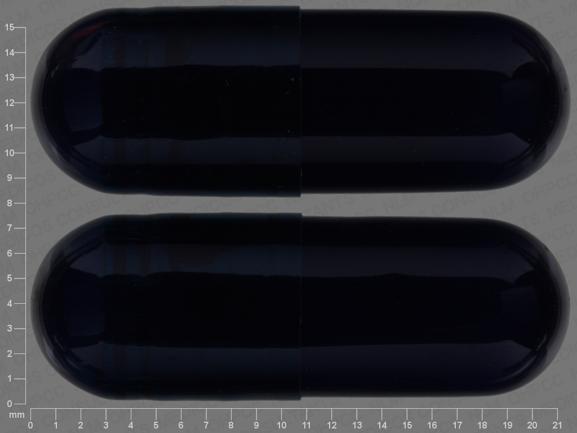Prussian blue Disease Interactions
There are 3 disease interactions with prussian blue.
Prussian blue (applies to prussian blue) constipation
Moderate Potential Hazard, Moderate plausibility. Applicable conditions: Gastrointestinal Obstruction
Prussian blue insoluble is not absorbed through the intact gastrointestinal wall and its clearance depends on the gastrointestinal tract transit time. Prussian blue can decrease gastrointestinal motility and slow the transit time of the agent in the gastrointestinal tract and increase the radiation absorbed. Also, the use of prussian blue can cause constipation. Care is recommended in patients with disorders associated with decreased gastrointestinal motility as these patients are at higher risk and should be carefully monitored.
Prussian blue (applies to prussian blue) electrolyte abnormalities
Moderate Potential Hazard, Moderate plausibility. Applicable conditions: Arrhythmias
The use of prussian blue may decrease electrolytes found in the gastrointestinal tract. Hypokalemia has been reported with the use of prussian blue, and this might be more pronounced in patients with preexisting cardiac arrhythmias or electrolyte imbalances. It is recommended to closely monitor these patient's serum electrolytes levels during therapy with this agent.
Prussian blue (applies to prussian blue) liver dysfunction
Moderate Potential Hazard, Moderate plausibility. Applicable conditions: Liver Disease
Prussian blue insoluble binds cesium and thallium isotopes in the gastrointestinal tract after these isotopes are ingested or excreted in the bile by the liver. Prussian blue does not rely on hepatic metabolism. Its clearance from the body depends on the gastrointestinal tract transit time. Prussian blue may be less effective in patients with liver disease due to decreased excretion of cesium and thallium in the bile. Care should be exercised when using this agent in patients with hepatic impairment.
Switch to professional interaction data
Prussian blue alcohol/food interactions
There is 1 alcohol/food interaction with prussian blue.
More about prussian blue
- prussian blue consumer information
- Compare alternatives
- Side effects
- Dosage information
- During pregnancy
- Drug class: antidotes
- En español
Related treatment guides
Drug Interaction Classification
| Highly clinically significant. Avoid combinations; the risk of the interaction outweighs the benefit. | |
| Moderately clinically significant. Usually avoid combinations; use it only under special circumstances. | |
| Minimally clinically significant. Minimize risk; assess risk and consider an alternative drug, take steps to circumvent the interaction risk and/or institute a monitoring plan. | |
| No interaction information available. |
See also:
Further information
Always consult your healthcare provider to ensure the information displayed on this page applies to your personal circumstances.


